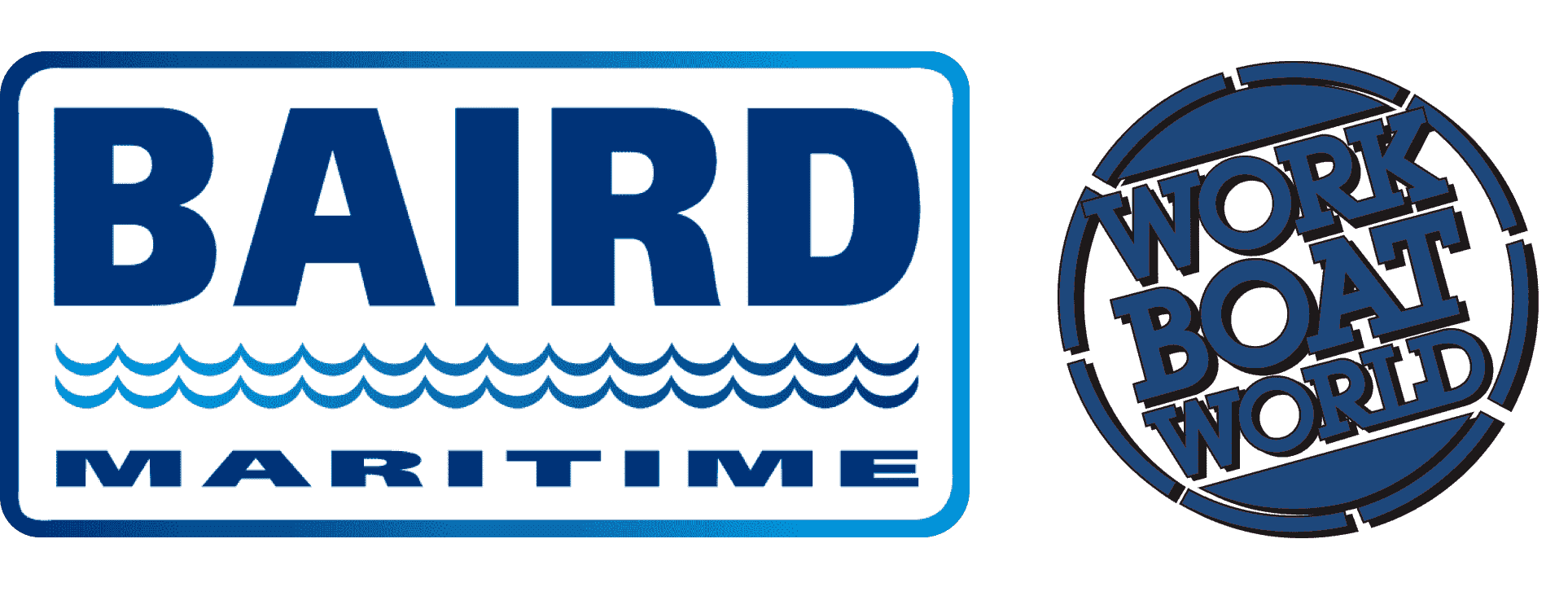US, Salvadoran navies integrate robotic and autonomous systems in joint exercises
Cooperative Security Location (CSL) Comalapa, in coordination with the Salvadoran Navy, recently hosted the annual US Naval Forces Southern Command/US Fourth Fleet hybrid fleet campaign (HFC) fleet experimentation (FLEX) event demonstrating combined/joint integration potential for unmanned systems during a showcase event in El Salvador's capital city of San Salvador.
In its 25th year of operation and as one of only two forward operating locations in the United States Southern Command area of responsibility, CSL Comalapa is tasked to assist in the joint/combined regional mission of combatting transnational organised crime, which the US Navy said, "created the perfect opportunity to transition FLEX from partner nation observation to partner nation participation."
"The intent of FLEX is twofold," said USNAVSOUTH Commander Rear Admiral Carlos Sardiello. "To accelerate technological advancements through cooperation with industry and international partners, and to operationalise those advancements to increase maritime domain awareness to counter illicit traffic flow.
"As a cornerstone of the efforts to combat transnational organised crime, it is only fitting that CSL Comalapa be the first location to host Fourth Fleet’s hybrid fleet campaign FLEX event outside the United States."
HFC is a learning campaign to retain and improve advantages using next-generation manned and unmanned systems.
In 2025, the FLEX series will enable scaled hybrid fleet operations from robotic and autonomous systems (RAS) experiments into months-long deployments integrated with partner nations. In turn, these deployments would feed vast amounts of data to the Fourth Fleet's Maritime Operations Center (MOC) in Mayport, Florida.
"Surface, aerial, and undersea autonomous systems stack together to give us highly effective maritime domain awareness," said Commander Jon Williams, the USNAVSOUTH technology and innovation director. "But all of these systems are inherently independent.
"Part of what we’ve done here at Comalapa is an advanced data fusion. Each of these independent systems communicate together and provide an integrated feed that we monitor from the MOC in Mayport."
King Air manned aircraft teamed with unmanned aircraft systems, unmanned surface vessels, data fusion, and expeditionary solar power to operate with Salvadoran Navy Task Force Tridente in various combinations from April 1 to May 23.
Synchronisation now happens in real time, connecting RAS, tactical teams, and operations centres enabling a common operating picture for highly effective operations.
During FLEX, TF Tridente accomplished the interdiction and apprehension of narcotics smugglers with the assistance of this synchronised system. Practical tests showed the capability of single or combined systems to find, fix, track, assess, disrupt and pursue training targets from longer ranges while ensuring less exhaustion among manned interdiction crews.
"El Salvador is a capable and willing partner," said Dr Christopher Heagney, NAVAIR Fleet/Force Advisor to USNAVSOUTH. "Accelerating new manned and unmanned technologies from navy laboratories and the acquisition community into the hands of sailors will deliver more capability at lower cost and risk.
"Operating those systems in El Salvador helps us disrupt illicit traffic flows into the homeland while also providing a testbed to innovate with our partners."


